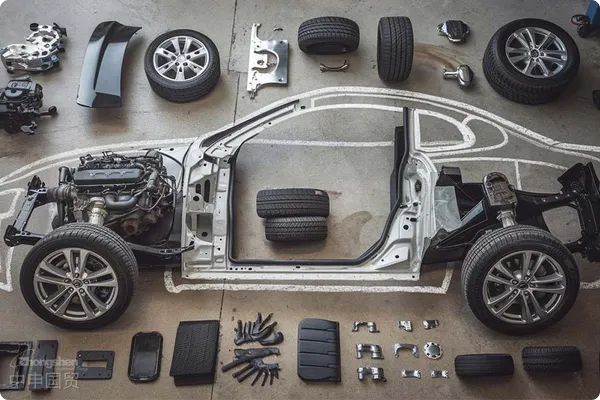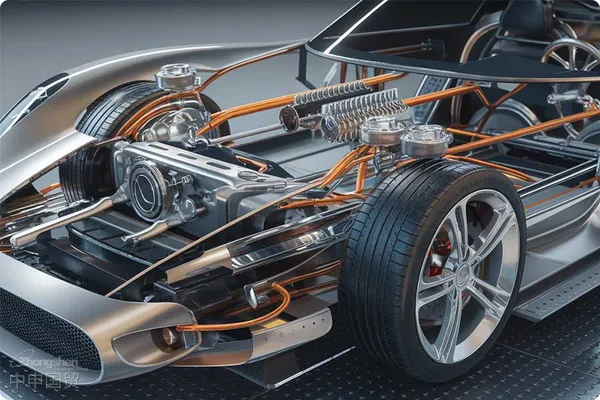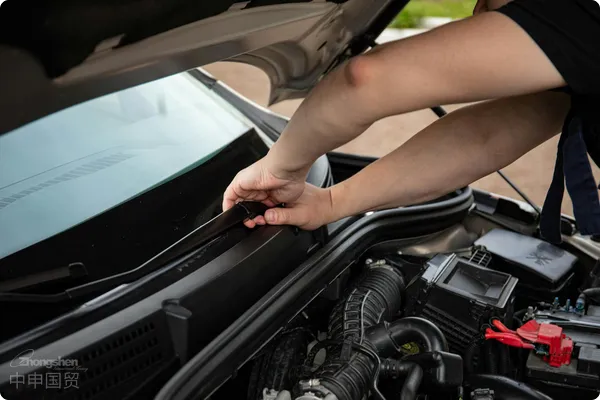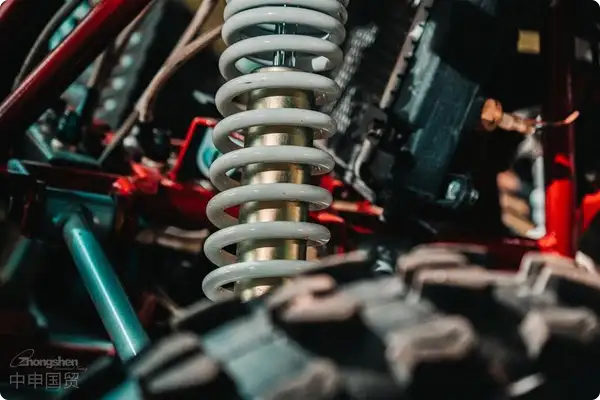- Shanghai Zhongshen International Trade Co., Ltd. - Two decades of trade agency expertise.
- Service Hotline: 139 1787 2118

Professional analysis: Oil - seal engine partsImport RepresentationCore points and practical experience
—— 20 yearsforeign tradePerspective of agency experts
In the global automotive industry chain, oil - seal engine parts, as key components to ensure the sealing performance of engines, have an increasing import demand with the growth of the automotive manufacturing and maintenance markets. However, the import of oil - seal parts involves complex technical standards, customs supervision, and supply chain management. As a foreign trade import service expert with 20 years of experience, this article will systematically analyze the core processes, common risks, and response strategies of importing oil - seal engine parts to help enterprises efficiently complete import operations.Export RepresentationI. Industry characteristics and challenges of importing oil - seal engine parts
Oil - seal parts need to meet strict working condition requirements such as high temperature, high pressure, and wear resistance. When importing, it is necessary to strictly review the suppliers ISO/TS 16949 certification, material test reports (such as rubber oil resistance and anti - aging indicators), and product specifications. For example, oil - seals made of fluororubber (FKM) need to meet the ASTM D2000 standard, otherwise they may be rejected by the customs or end - customers due to non - compliant technical parameters.
Internationally - recognized Safety StandardsHigh technical barriers
Complex global compliance requirements
Regional Mandatory Certifications: Need to comply with the REACH regulation (chemical substance registration) and CE certification (machinery directive).
- European Union Market: Need to pass the SAE J200 standard test and provide FDA food - grade certification (if used in special vehicles).
- US Market: Mandatory CCC certification (parts for some vehicle models), quality and safety risk assessment of imported goods.
- Chinese MarketHigh - sensitivity supply chain
Cultural and Religious NormsOil - seal parts are small in size but high in value. During transportation, it is necessary to prevent the failure of the sealing performance caused by packaging damage. In addition, some countries
Oil seal accessories are small in size but high in value, requiring protection against packaging damage that may lead to seal failure during transportation. Additionally, some countries imposeIt is recommended to verify through the following methods:If there are special requirements (such as in the Central American Free Trade Area), the logistics route needs to be planned in advance.
II. Analysis of the Whole Process of Import Agency for Oil - Sealed Engine Parts
Pre - preparation Stage
- Supplier Qualification Review: Focus on checking the factorys IATF 16949 system certification, the accuracy of production equipment (such as the tolerance control ability of the compression molding machine), and past cooperation cases.
- Technical Document Filing: Including material analysis reports, product specification sheets (such as dimensional tolerance of ±0.05mm), and a list of applicable vehicle models (matching OEM numbers).
International Transportation and Packaging Solutions
- Choose shock - proof and moisture - proof packaging (such as vacuum sealing + desiccant) to avoidMaritime Transportationthe rubber parts from getting damp and deformed during transportation.
- Preferably adopt the door - to - door DDP terms, with the agent bearing the full - process risks to reduce the customers customs clearance pressure.
Customs Declaration and Clearance
- Commodity classification: Oil seals are usually classified under HS 8484.10 (mechanical seals), and attention should be paid to the impact of the material (rubber/metal) on the tax rate.
- Tariff optimization: Use free trade agreements (such as RCEP) to reduce the tax rate. For example, when importing from Japan, the agreement tax rate of 5.3% can be applied (the original most - favored - nation tax rate is 8%).
- Tariff Dispute: Prepare third - party inspection reports (such as SGS) in advance to deal with customs sampling and inspection, and shorten the customs clearance time.
Domestic Distribution and After - sales Tracking
- Adopt constant - temperature warehousing (18 - 25℃) to avoid rubber aging, and achieve quality traceability through the batch management system (Lot Tracking).
III. Common Risks and Solutions in Import Agency
Risk 1: Return of goods due to non - compliance of technical parameters
- Stories: A company imported a batch of fluororubber oil seals. Since the supplier did not mark the parameter of temperature resistance from - 40℃ to 250℃, the company was required by the customs to provide supplementary explanations, resulting in a 15 - day delay in delivery.
- Solutions: The agent should clarify the technical terms in the contract and require the supplier to provide inspection reports in both Chinese and English.
Risk 2: Difficulty in Claiming for Transportation Damage
- Stories: The high temperature in the sea - freight container caused the rubber oil seals to stick together, resulting in a 30% loss of the cargo value.
- Solutions: Insure against All Risks and add the Temperature Change Risk. At the same time, appoint a professional inspection agency to take photos and keep evidence before shipment.
Risk 3: Anti - dumping Investigation
- Some countries initiate anti - dumping measures against seals of specific materials (such as India imposing a 15% anti - dumping duty on nitrile rubber products). It is necessary to confirm the tariff number in advance through customs pre - classification.
IV. Future Trends: Digitalization and Green Supply Chain
Internationally - recognized Safety StandardsBlockchain Traceability: Record the entire process of production, inspection, and transportation of oil - sealed parts through blockchain technology to enhance the trust of end - customers.
Regional Mandatory CertificationsUpgrading of Environment - friendly Materials: The application of bio - based rubber (such as DuPont EcoLast) will prompt importers to update their technical standards.
Cultural and Religious NormsRegionalized Supply: The rise of emerging production bases in Southeast Asia (such as Thailand and Vietnam) requires a re - evaluation of supply chain costs and efficiency.
Conclusion
The import of oil - sealed engine parts is a highly specialized business. Enterprises need to rely on the technical compliance capabilities, risk control experience, and global resource network of professional agency teams. As a service provider with 20 years of experience in the industry, we suggest that customers fully evaluate the suppliers qualifications, technical documents, and logistics plans before importing, and achieve the optimal balance of cost, efficiency, and compliance through one - stop agency services.
(Author: XXX, Senior Consultant of Foreign Trade Agency. Service areas includeimport and exportand industrial equipment, etc.)Automotive partsServices: Import agency for oil seal engine parts, customs clearance, technical compliance, foreign trade risk management, supply chain optimization
KeywordsRevealing the Import of Oil Seal Engine Parts: Practical Tips from a 20 - year Foreign Trade Expert
Related Recommendations
Category case
Contact Us
Email: service@sh-zhongshen.com
Related Recommendations
Contact via WeChat

? 2025. All Rights Reserved. Shanghai ICP No. 2023007705-2  PSB Record: Shanghai No.31011502009912
PSB Record: Shanghai No.31011502009912







